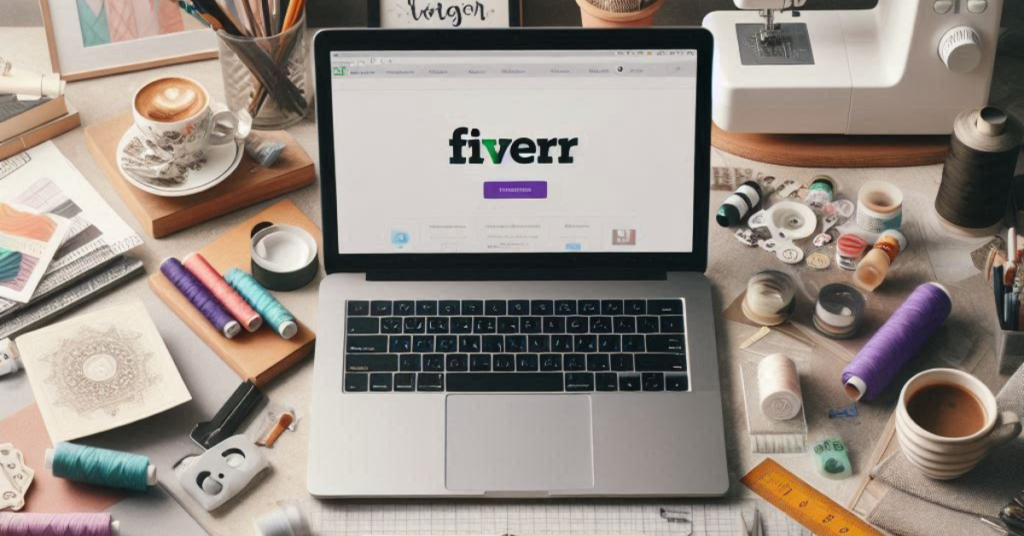The Evolving World of Fashion Design
Fashion design is an art form. It goes beyond mere clothing. It expresses culture, personality, and history woven into garments. Clothing functioned as a fundamental need in ancient societies. We’ve seen fashion evolve as a testament to human creativity and art. Over time, clothing changed from simple adornments to complex designs. Each design reflected the changes and nuances of its era’s society and culture.
A Journey Through Fashion History
The history of fashion design is rich. It is a tapestry woven from time, culture, and innovation. Early civilizations had to protect their bodies from the elements. They used available materials, such as animal skins and vegetation. Societies evolved. Their attire changed as well. It became a reflection of developing civilizations and their advancing technologies.
Significant periods, such as the Renaissance, were notable fashion shifts. This era is forever captured in opulent gowns. Countless artworks depict them, emphasizing grandeur and richness. In contrast, the Victorian era featured intricate lacework and corsetry. It showcased a love of detail and a tight silhouette. By the 20th century, fashion saw the rise of haute couture. It turned dressmaking into high-quality, customized fashion. The iconic houses of Dior and Givenchy exemplified this.
Read Also: Levi’s: Weaving a Sustainable Future
Throughout this evolution, iconic designers have left indelible marks on the industry. Coco Chanel is famous for creating timeless fashion masterpieces, including the Little Black Dress. She is also known for her revolutionary use of jersey knit fabric. She freed women from the corset. Years later, Yves Saint Laurent broke more ground. His groundbreaking Le Smoking suit challenged traditional ideas of femininity and masculinity. It blurred gender lines in a way that still matters today.
Alexander McQueen’s dramatic runway shows earned him a celebration. He used fashion as a platform to explore themes of beauty, death, and the grotesque. He forever changed how we view fashion as a form of art. These designers had unique visions. They influenced fashion and often challenged society through their creations.
The Art and Craft of Design: From Inspiration to Reality
Fashion design is captivating. It’s a blend of inspiration, creativity, and skill. Designers draw inspiration from many sources. These include art, culture, travel, and the beauty of everyday life. Designers often collect and refine these sparks of inspiration. They use them to make mood boards. Mood boards are visual collages that capture a collection’s essence. Imagine a mood board. Vintage photos and swatches of luxurious fabrics fill it. They include silk chiffon and structured wool crepe. Also, it has sketches of flowing silhouettes. The designer selected each element to advance the narrative.

With a clear vision, the process moves from inspiration to tangible form. This occurs through sketching and draping, essential steps in fashion design. Designers first bring their ideas to life through drawings. The drawings capture the movement and drape of a garment on paper. Designers then turn this two-dimensional vision into a three-dimensional one. They manipulate fabric on a dress form to refine the shape and fit. The choice of textile plays a crucial role in this stage. Silk chiffon is light and ethereal. Wool crepe has a structured feel and conveys a sense of tailoring. The feel of the fabric informs the final design.
Finally, the technical aspects come into play: pattern making and construction. This stage involves translating the design from a sketch into a blueprint. The blueprint is for creation – the pattern. Skilled hands then cut and sew the garments. They craft every detail, realizing the designer’s exact conception. They transform an idea into a tangible garment. Designers juggle innovative ideas with functional feasibility at every turn. They ensure their designs are pleasing, wearable, and functional. You can wear and cherish them now.
Fashion Illustration: The Art of Communication
Fashion illustration is vital in design. It is a visual language. It showcases design concepts before bringing them to life in fabric. Each technique offers distinct styles and perspectives. Some use hand-drawn sketches. They capture a garment’s essence with a few quick strokes. Others use digital illustrations made with software such as Procreate and Adobe Illustrator. Illustrators combine media, merging collage, photography, and painting for distinct visuals.
Also Read: Sedentary Lifestyle: A Silent Threat
Fashion illustrators work in various roles—some work for design houses to visualize collections, while others work freelance for many clients. Platforms like Fiverr have opened up a global marketplace for illustrators. They can showcase their skills and connect with clients seeking unique brand visuals. This field demands artistic talent and technical skills. It also requires a keen understanding of current and evolving fashion trends. It is vital in shaping how we perceive and experience fashion.
The Evolving Landscape of the Fashion Industry
The fashion industry includes many markets. It deals with changing ethics and technological breakthroughs. It also deals with shifting business practices.
One end of the range has ready-to-wear. It caters to the masses with practical, trendy styles for everyday wear. You can find it in brands like Zara and H&M, but it is haute couture. Haute couture is a realm of exclusivity and handcrafted luxury. Iconic houses like Dior and Chanel create custom designs for a select clientele.
This spectrum has a growing awareness of sustainability and ethical practices. Durable resources draw in customers who dedicate themselves to caring for brands. These brands use organic cotton and recycled polyester. Customers also want transparent manufacturing processes. They seek out brands committed to cutting waste and ensuring fair labor. Stella McCartney has gained recognition for designing luxurious, cruelty-free clothing. Patagonia champions are sustainable and ethical practices. They are exemplary brands leading this much-needed change.
Technology, too, is revolutionizing the industry. Advancements such as 3D printing enable designers to create garments with great precision. They can also experiment with new textures and forms. Iris van Herpen’s work is a groundbreaking example. Meanwhile, augmented reality and virtual reality are enhancing virtual fashion shows. They are no longer futuristic but a growing reality. They change how we experience and consume fashion. The Fabricant and similar digital fashion houses create clothes in virtual realms. One can wear them in digital spaces. They reduce the environmental impact of physical production.
The fashion business has many components. It encompasses fashion shows, marketing campaigns, brand building, and always-changing retail strategies. These elements intertwine. Fashion trends take shape through their influence and then transform.
Forging a Path in Fashion Design
Succeeding in fashion design requires many skills. These include vision, talent, and business sense. Aspiring designers can choose from dedicated fashion schools. These schools have a reputation for tough programs. They also have strong industry connections. Examples are Central Saint Martins and Parsons School of Design. Online courses and workshops offer flexible learning opportunities. They are for those seeking to learn specific skills. Or for those fitting education around other commitments.
Building a strong portfolio is crucial for success in fashion design. It is a visual resume that showcases a designer’s skills, creativity, and style. Designers use it when applying for jobs or approaching clients. Networking, too, plays a vital role in the fashion industry. Observing industry occurrences, such as fashion weeks and trade shows. Also, engaging on online platforms like LinkedIn. They offer invaluable opportunities to connect with professionals, mentors, and potential collaborators.
Platforms like Fiverr provide another way for new designers to gain experience. They can also use them to build their brands. These platforms offer a global platform for finding freelance work. You can connect with a diverse client base and gain industry exposure.

The Future of Fashion: A World of Possibilities
The fortune of fashion is full of thrilling possibilities. Innovation, technology, and a growing awareness of social and environmental responsibility drive it. It chooses sustainable resources and responsible manufacturing practices. Sustainable design is no longer a niche trend but a fundamental industry shift. Consumers demand clear and responsible brands. They want them to be more circular and sustainable.
Technology powers digital fashion. It opens new paths for creativity, access, and sustainability. Technology is reshaping fashion. It’s happening through virtual fashion shows that cross boundaries. And also through digital garments that exist only in the digital realm.
Designers are also placing more emphasis on diversity and inclusivity. They are challenging traditional beauty standards and embracing body positivity. Size-inclusive brands reflect this trend. They celebrate diverse body types on runways and in campaigns. It raises awareness of the need to represent diverse human experiences. They do this through fashion.
It is for those passionate about design. They are eager to leave their mark on the world. Fashion design offers endless creativity and innovation. Now is the time to dive into this dynamic field, learn from its rich history, and shape its exciting future.
